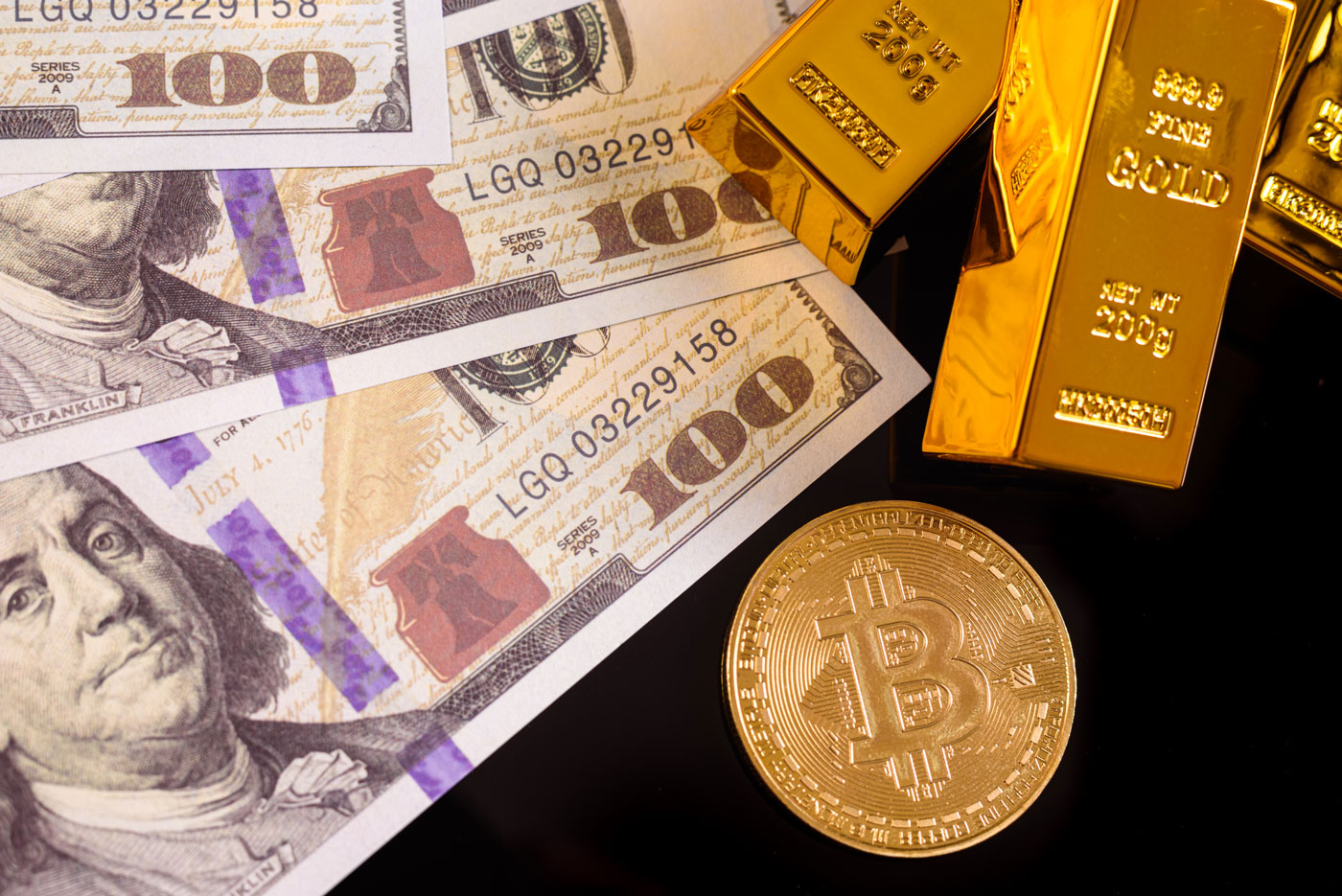When humans began to conduct business interactions with each other, the obvious approach was barter. Over the years, the method was perfected, and our ancestors switched to using the precious metals that existed at the time – in particular silver and gold. The value of the metals is determined according to their weight, hence the name of the coin “Shekel”. The next step in the evolution was the setting of coins by kings and rulers in different parts of the world. According to the accepted historical records, the first to do this was a Greek king in the 7th century BC – who actually created coins with marks on them that testified to the validity that that king gave to each coin.
The convenience of using coins led to their rapid spread in all the places in the world at that time where trade was carried out. The next step up occurred a few hundred years later, in the Middle Ages, when alongside the use of coins, paper bills with monetary value were also created. The bills became of relatively high value, while the coins satisfied the need for ‘small money’.
The Renaissance period brought with it another natural development: financial service providers, who created the infrastructure for the huge financial corporations that operate today. The places where the activity of financial intermediaries was particularly active were England and the Netherlands, and part of the transformation of these countries into empires at that time is attributed to the efficient utilization of capital thanks to the development of the banking system. The brokers made it possible to deposit bills, coins and gold, and also granted credit and loans to those who needed it. In this way, those professionals promoted the trade.
Later, the banks also began to issue banknotes, and in the 19th century in most countries of the world, the economy was based on representative money backed by pure gold that was stored in banks. Gradually the level of backing decreased, and with it the amount of gold, and in 1971 the USA switched to using ‘fiat money’ – money whose value does not depend on metals but stands on its own. Today, most of the currencies are fiat currencies – except for the cryptographic currencies.

During the 21st century, there was a significant change in relation to money and in the conduct of banks. In the past, the aforementioned banks provided various financial services to their customers, but as they gained more power, and gained almost complete control over public funds, their approach changed. In fact, the money has become one that is found mainly in bank computers, so in practice it is actually digital money (and especially in view of the fact that there is no longer a need for a gold backup).
Another change in the banking system is the imposition of restrictions on customers, and in particular on actions such as the use of cash, large-scale money transfers and sending money abroad. At this stage, there was a need for currencies that would not be under the control of one body or another, but would be completely decentralized, and since the technological infrastructure made this possible, digital currencies were developed (also called cryptographic currencies because they are encrypted).
The digital currencies are therefore a natural development and are suitable for the characteristics of the contemporary use of money. The first use of the first cryptocurrency, Bitcoin, took place at the beginning of 2009, and since then several more digital currencies have been added – some are in high demand and others are relatively insignificant. In any case, the advantages of Bitcoin and other crypto-currencies create a continuous upward trend in demand for them, and more and more Israelis (and of course people in other countries as well) enter the crypto market.
As mentioned, one of the goals of developing Blockchain technology and digital currencies was to provide an alternative to the traditional banking system. In the beginning, the banks mainly expressed reservations about Bitcoin and its siblings, but in recent years there has been a change: the banks have realized that the digital currencies are here to stay, and that in order to continue to prosper they must embrace the innovation. The central banks of many countries are also looking at different ways to connect to the crypto world. In Israel, the Bank of Israel announced at the end of 2021 that it will install regulations that will require commercial banks to honor deposits of cryptocurrency. In other countries, the central banks are considering issuing their own digital currencies – and in any case, there is no doubt that Bitcoin and other digital currencies will become a major player in the global economy.
USDT and USDC are two types of stable coins, which are cryptocurrencies pegged to the value of a specific asset, in this case the US dollar.
When it comes to investing in cryptocurrencies, the question of how much money to start with is a common question. After all, the crypto market is known for its volatility, and it's natural to want to be cautious when entering into this type of investment.
Day trading, swing trading and long-term investing are three popular types of trading that are commonly used in the cryptocurrency market. Each of them has its own set of characteristics and is suitable for different types of investors and different market conditions, of course an experienced investor can also combine them all.